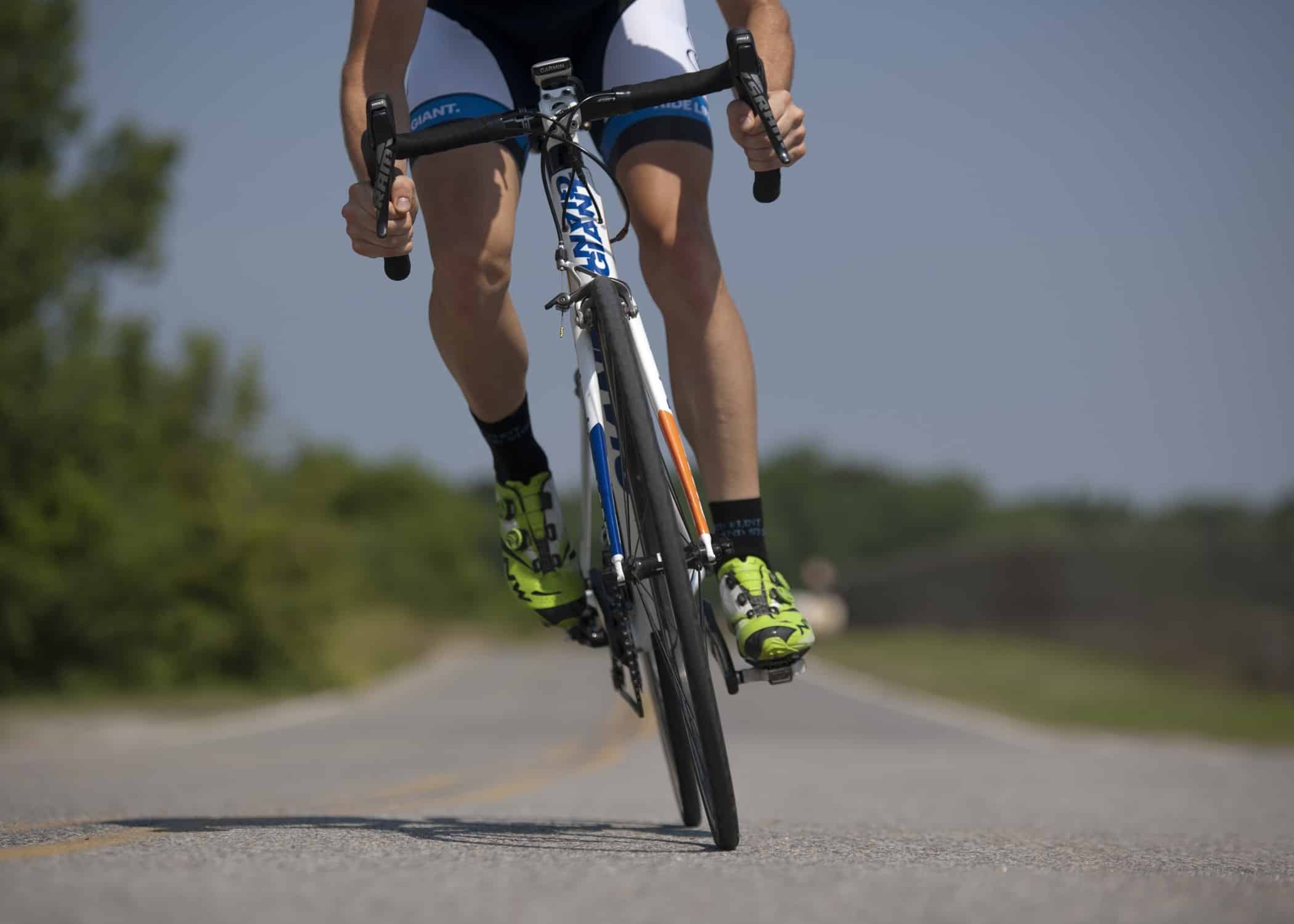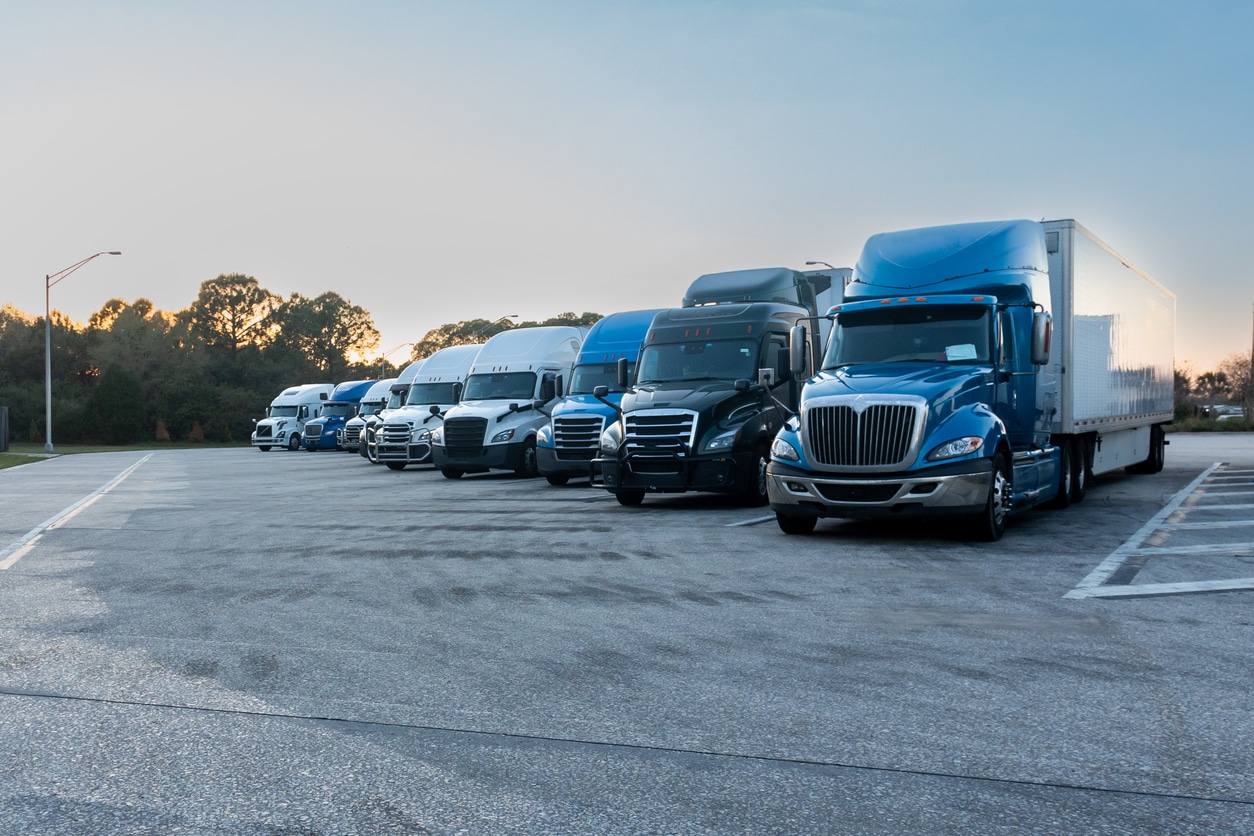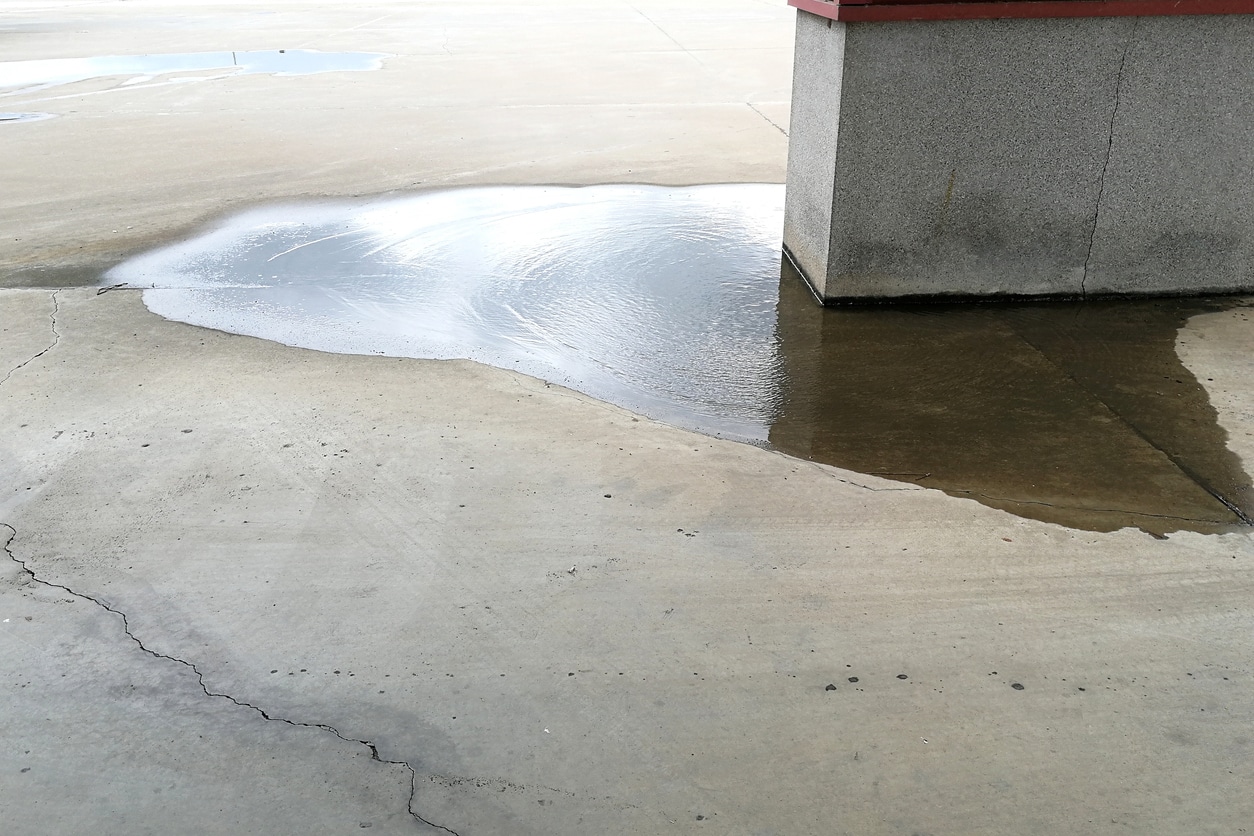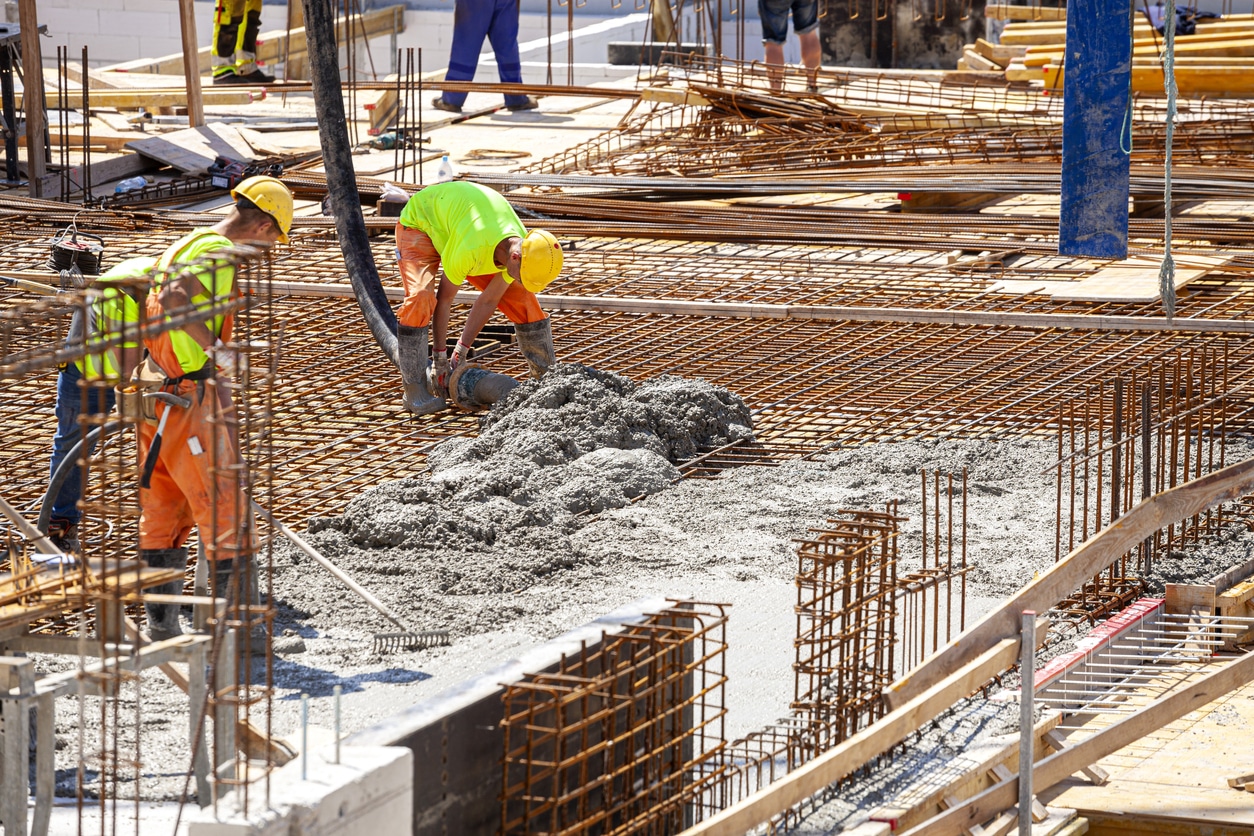Truck parking lots for commercial use must accommodate heavy loads and larger vehicles. Additionally, mixed-use…

Encouraging Cycling Culture with Proper Infrastructure and Traffic Systems
Making cycling the preferred mode of transportation around your district will provide multiple benefits. Aside from the many well-recorded personal health benefits, such as improved cardiovascular functions and enhanced brain functions, establishing a cycling culture can also make your neighborhood better. Decreased use of motorized vehicles means less air and noise pollution. Cycling could also bring your community closer as it encourages social interaction more than driving around in a closed car. However, encouraging cycling culture in your community requires a lot of work. Aside from creating sturdy paths made of concrete paving and marking down bicycle lanes, there are several other barriers you and your community would need to overcome.
Barriers to Cycling Culture
You might be aware that over the past few years, multiple efforts have been done to get people out of their cars and on bicycles. But despite these numerous endeavors, cycling rates in the United States have remained the same since 2001. This lack of enthusiasm for cycling by the general population can be attributed to the following barriers. Addressing these issues could encourage more people in your community to use their bicycles and reap the benefits of this healthy activity.
Street Safety Concerns
According to experts, safety concerns are a huge impediment to starting a cycling habit, and women are more likely to decline getting on a bike if their route could conceivably put them in harm’s way. These dangers could be from unsafe crossings, roads without special bike lanes, and even lack of ordinances that protect cyclists.
Their concern is entirely valid, given the number of injuries and accidents that could occur without traffic systems that incorporate cyclists. In 2018 alone, 857 cyclists perished because of traffic accidents in the United States.
Space Scarcity
Bicycles may be smaller than cars but they still need space. If the roads in your community don’t have any designated bicycle lanes, then cyclists are in more danger of getting into accidents with other motorists. Weaving around moving cars can lead to unfortunate incidents that could end in hospitalization or worse.
Aside from lack of lanes and routes that they can use to get to their destinations, cyclists also need safe sheds and racks where they can stow their bikes. Without these types of amenities, they risk getting their bicycles stolen or damaged by accidents or natural phenomena, like rainstorms or heavy snowfall.
Difficult Terrain
Because bicycles are powered by one’s own effort, cyclists need terrain that’s conducive to their activity. When you’re biking, you don’t want to overexert yourself because of badly navigable terrain. Very steep slopes can be impossible to cycle up and extremely dangerous to traverse downwards.
Unpaved paths can hide hazards such as deep pits, large rocks, or sharp debris that could damage tires and snap chains. Even worse, difficult terrain not only poses a threat to the integrity of a bike but also to the well-being of the cyclist. You should take note of terrain features around your neighborhood that are hard for cyclists to pedal through and consider ways to decrease their difficulty.
Poor Infrastructure
Infrastructure is a great way to overcome difficult natural terrains such as rocky ground or loose soil, but if they are unreliable and poorly built they’ll be just as impossible to bike through. Bicycle lanes made of inferior materials can crack, creating uneven spots and loose debris that can cause cyclists to skid or crash. Ill-fitting pavers could be tripping hazards for pedestrians but a cyclist can sustain worse injuries if they encounter them.
Structures that don’t consider the needs of cyclists are also an impediment to the activity. For example, an overpass without a ramp or elevator poses a significant barrier to a seamless cycling route.
Encouraging Cycling Culture
Cycling can become an integral part of your community if you encourage it through a combination of proper infrastructure, a stress-free riding environment, and the right support from local authorities.
Integrated Traffic Systems
Address basic road safety issues faced by cyclists through integrated traffic systems. Dedicated bike lanes in the streets make sure motorists are aware of where cyclists will be. Better yet, bike lanes could be located on sidewalks to prevent motor accidents altogether. Mapping out bike routes and crossings as diligently as the routes accessible for motor vehicles will also provide safety and order to cyclists in your neighborhood.
Allotted Space
Lead campaigns or ask local institutions to make more room for bicycles on their property. There are quite a few cycling clubs around Kansas that you could approach to help you address this problem. Most of these clubs have knowledgeable people on their team who could give you expert advice. Talk to your community leaders, too, and urge them to enforce safety rules and regulations that would encourage cycling culture to take root in your area.
Aside from designated bike lanes, encourage commercial spaces such as shopping malls and offices to install bicycle racks and sheds. Studies have shown that an active cycling community also has a booming local trade as these conveniences attract cyclists to their locations while also providing them with safe shelters for their bikes. Students of different ages will also benefit greatly from increased biking, so be sure to convince educational institutions in your community to improve their bicycle-related amenities.
Encouraging Terrain
Point out possible terrain hazards that cyclists may encounter while pedaling. These include unpaved paths that are full of uneven places and rough terrain as well as man-made hazards. Examples of the former include untrimmed trees and plants that could injure cyclists and blind corners that pose dangers for motorists and cyclists. Solving these terrain hazards make your neighborhood safer for everyone, not just for people on bicycles.
Well-Built Infrastructure
Proper infrastructure is the backbone of encouraging bicycle culture in your community. Without structures that they can safely traverse on their bikes, people will be reluctant to do so. Strong materials, such as high-quality concrete, are perfect surfaces for bicycles.
Convince local establishments to assess their properties for infrastructure that would be hazardous to cyclists. These could be parking lots with deep potholes, cement walkways with uneven pavers, and cracked surfaces that can cause bikes to skid out of control. A reliable contractor using top-notch material can make your neighborhood safer for cyclists and improve your quality of life.
Bicycling helps you enjoy the little things in life even as it strengthens your body. When you cycle, you get to feel the wind on your face, savor the sun on your skin, and appreciate the sights, all without expelling fumes and using up fuels. Ensuring that your neighborhood is safe for people to ride their bikes is the first step to making it a better place to live.
K&E Flatwork LLC is a commercial concrete company that takes pride in providing high-quality services to our customers using the best available materials. Our projects don’t just make your community safer and more refined, we believe that they also contribute to making the world a better place, one commercial property at a time.
Contact us today and start building a better world with us.




This Post Has 0 Comments